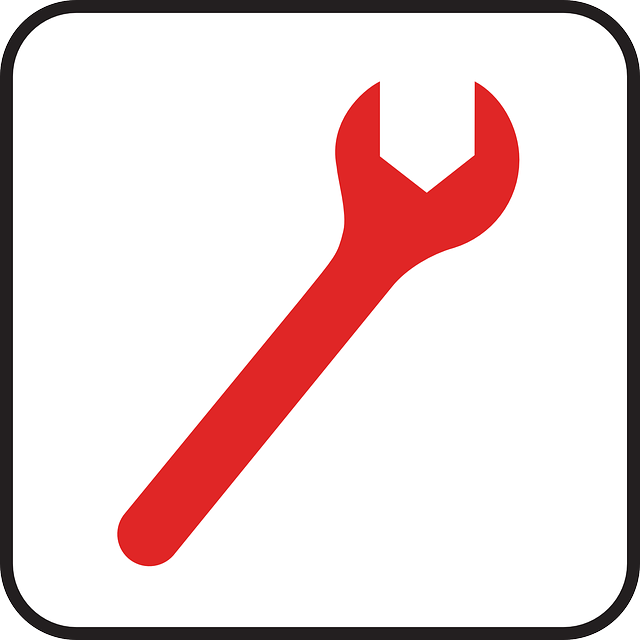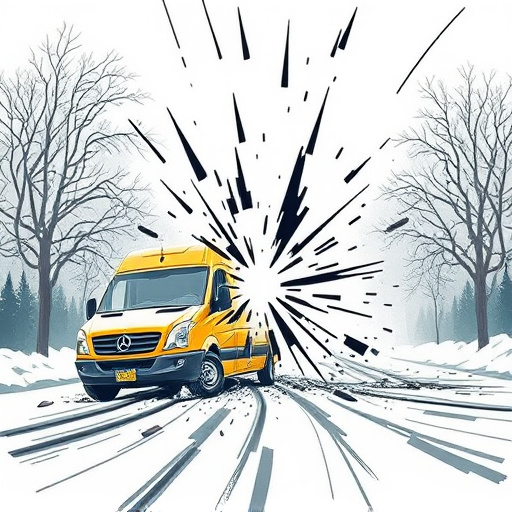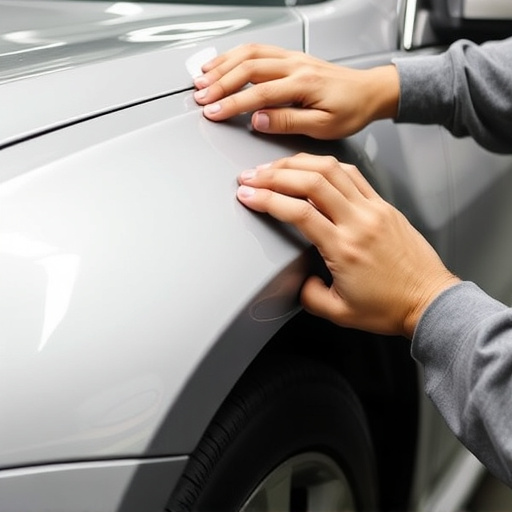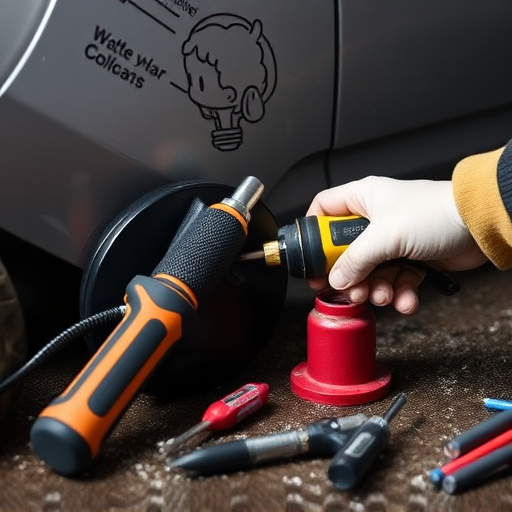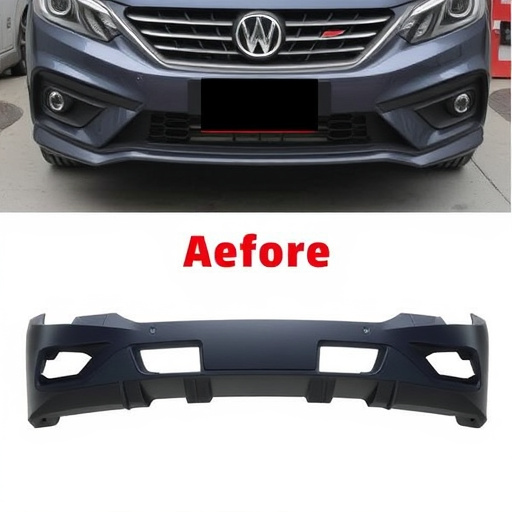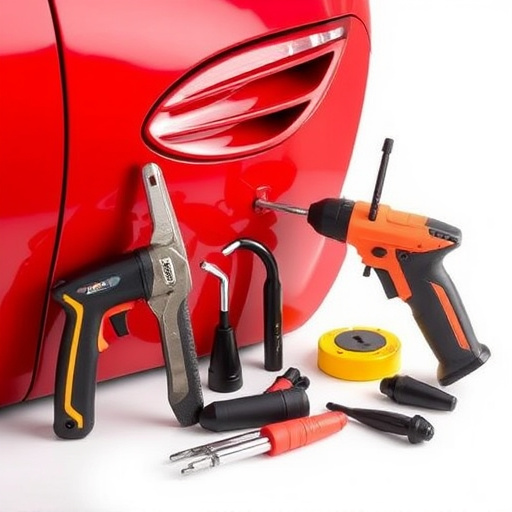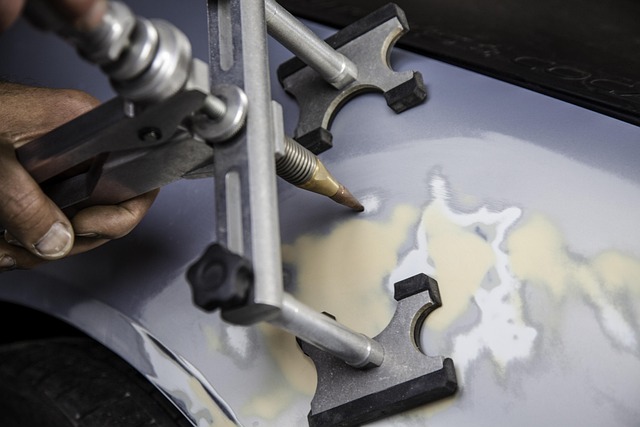Salvage auto body parts are gaining popularity due to their cost-effectiveness and environmental benefits, appealing to DIY enthusiasts, professional repair services, and eco-conscious consumers. This market caters to diverse buyers with varying needs, emphasizing transparency in part sources and conditions. The growing demand, driven by sustainability and economic factors, presents opportunities for suppliers to offer a wide range of parts, efficient identification systems, and excellent customer service, contributing to a greener automotive industry while making vehicle maintenance more accessible and affordable.
“Uncover the compelling world of salvage auto body parts through real-life narratives. This article delves into the motivations driving buyers, exploring economic and environmental factors that make this practice both sustainable and cost-effective. From navigating quality concerns to discovering rare parts, we unravel the benefits and challenges faced by salvage part purchasers. Learn where to find these parts, from junkyards to online platforms, and gain insights on evaluating suppliers for reliable, compatible components.”
- The Motivations Behind Salvage Auto Body Parts Purchases
- – Understanding the buyers' needs and preferences
- – Economic and environmental factors driving demand
The Motivations Behind Salvage Auto Body Parts Purchases
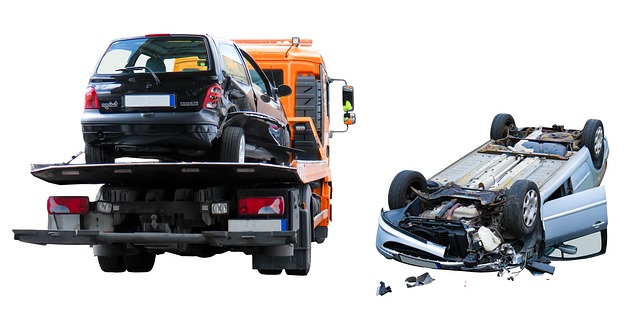
Many individuals and businesses are driven to purchase salvage auto body parts for a variety of compelling reasons. One primary motivator is cost-effectiveness; salvage parts offer a significant financial advantage over new or used parts from dealerships, making them an attractive option for those on tight budgets. This accessibility allows both do-it-yourself enthusiasts and professional auto repair services to source quality components without breaking the bank.
Additionally, environmental concerns play a substantial role in the popularity of salvage auto body parts. By repurposing existing materials, buyers contribute to reducing automotive waste and minimizing their carbon footprint. This eco-friendly approach resonates with consumers who prioritize sustainability, aligning with the growing trend of green consumerism. Moreover, the availability of salvage parts can extend the lifespan of vehicles, delaying the need for new ones and thereby promoting a more circular economy in the auto industry, encompassing both vehicle dent repair and comprehensive car bodywork services.
– Understanding the buyers' needs and preferences

Understanding the needs and preferences of salvage auto body parts buyers is a crucial aspect of providing tailored solutions in this niche market. These buyers often have unique requirements, whether they are individual enthusiasts, small repair shops, or larger vehicle restoration businesses. Many seek affordable options for vehicle body repair, which implies a keen eye for quality yet cost-effectiveness. They appreciate transparency and detailed information about the source, condition, and potential applications of the salvage parts.
With the rise in popularity of auto body services focused on sustainability and cost savings, buyers are increasingly interested in salvaged parts as a viable alternative to new or used parts from dealerships. This trend opens doors for specialized suppliers to cater to specific needs, such as offering a wide range of options for various vehicle makes and models, ensuring efficient and accurate part identification, and providing excellent customer service to build trust and long-term relationships.
– Economic and environmental factors driving demand

In today’s eco-conscious and economically mindful world, the demand for salvage auto body parts is on the rise. Environmental considerations play a significant role as many individuals and businesses seek sustainable alternatives to new auto parts. The process of salvaging and repurposing automotive components not only reduces waste but also offers cost-effective solutions for vehicle repairs and restoration. This trend is particularly notable in the bustling automotive industry, where efficiency and sustainability are increasingly important.
Economic factors further drive this market as tire services and auto bodywork shops look to minimize costs without compromising quality. The availability of salvage auto body parts allows them to offer competitive pricing to their customers, making vehicle maintenance more accessible. Moreover, with a growing focus on reducing the environmental impact of automotive repairs, many automotive body shops are embracing the concept of salvaging, thereby contributing to a greener future while catering to the needs of their clients.
Real stories from salvage auto body parts buyers highlight a diverse range of motivations, from cost-effective solutions to environmentally conscious choices. By understanding their needs and preferences, we can appreciate the significant role these buyers play in shaping the automotive industry. The demand for salvage auto body parts not only offers economic advantages but also contributes to a more sustainable future by reducing waste. As the digital era advances, navigating this market becomes easier, fostering a community that values both financial savings and environmental stewardship.
